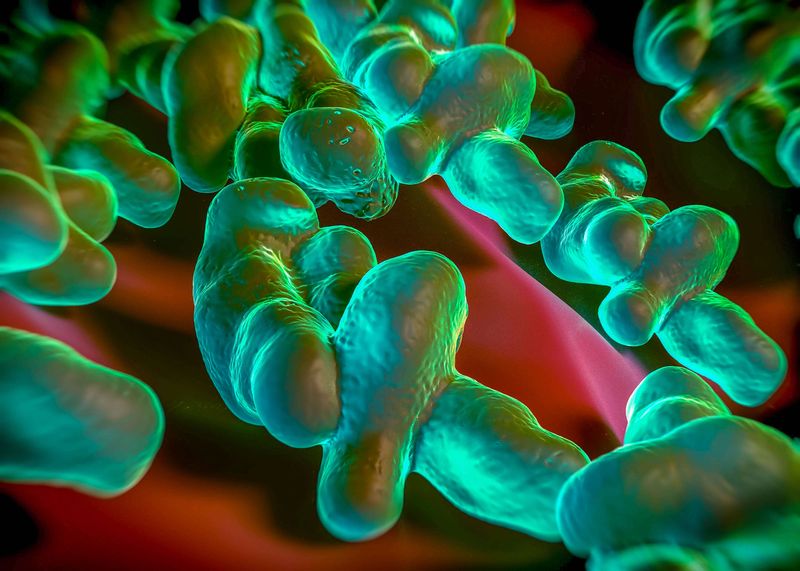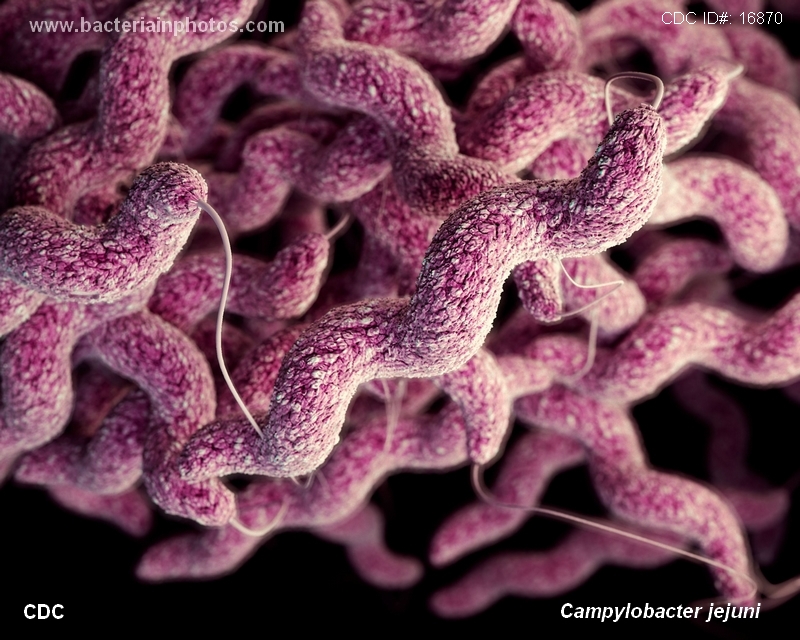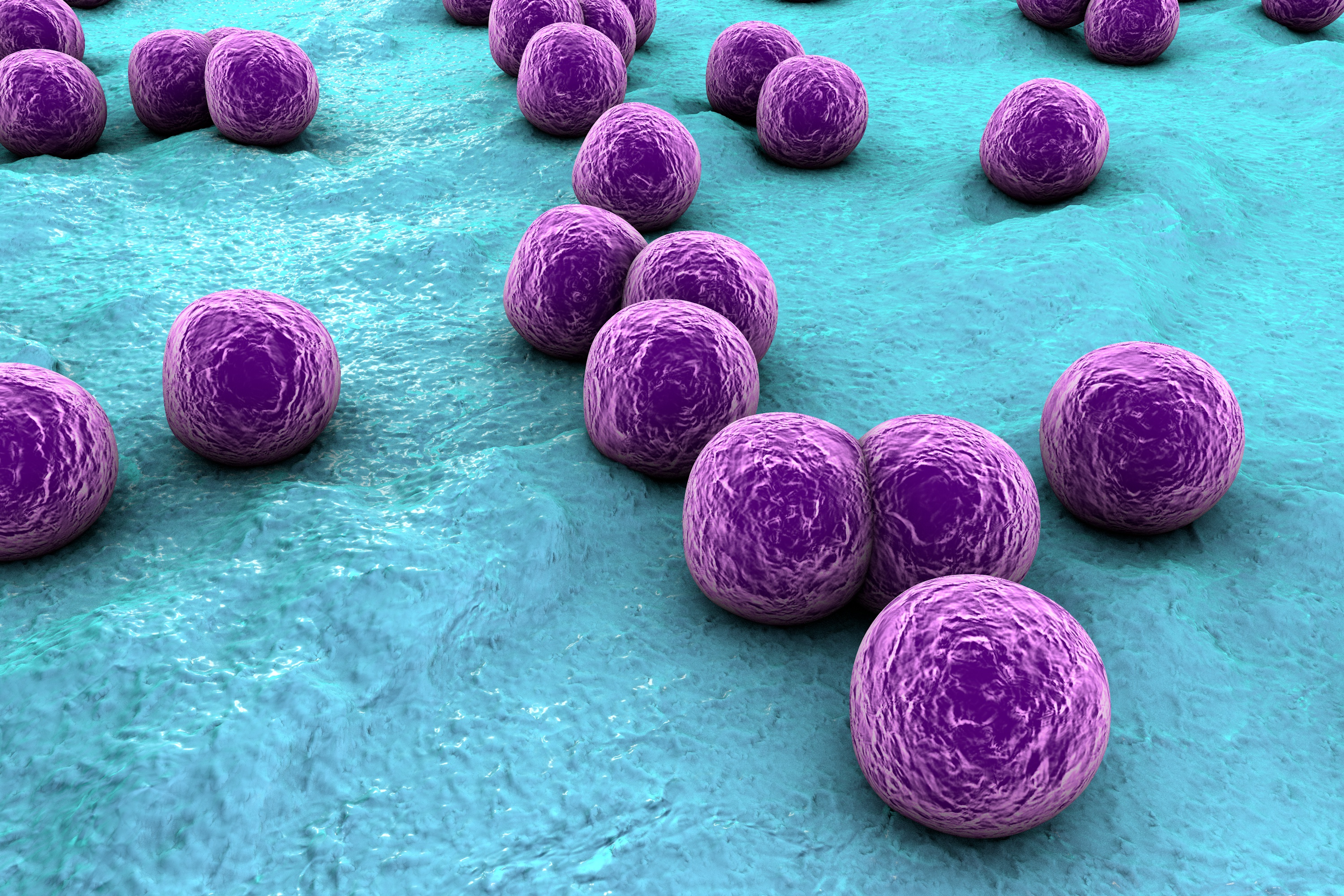1. E. coli
The first dangerous germ that may lurk in your kitchen sink drain is E. coli. This bacterium is commonly found in the intestines of animals and humans, and it can cause severe food poisoning if ingested. E. coli can easily contaminate your sink drain through raw meat or unwashed vegetables and fruits that have come into contact with it.
2. Salmonella
Another common bacterial culprit found in kitchen sink drains is Salmonella. This bacterium can cause food poisoning with symptoms such as diarrhea, fever, and abdominal cramps. Salmonella can be found in raw poultry, eggs, and other contaminated food items that may have been washed in the sink.
3. Campylobacter
Campylobacter is a type of bacteria that can survive in low oxygen environments, making your kitchen sink drain an ideal breeding ground for it. Ingesting this bacterium can cause food poisoning with symptoms such as fever, abdominal pain, and diarrhea. It is commonly found in raw or undercooked poultry, raw milk, and contaminated water.
4. Listeria
If you are pregnant or have a weakened immune system, you should be especially cautious of Listeria in your kitchen sink drain. This bacterium can cause listeriosis, a severe infection that can lead to miscarriage, stillbirth, or other complications. Listeria can be found in contaminated food items such as unpasteurized dairy products, deli meats, and smoked seafood.
5. Shigella
Shigella is a highly contagious bacterium that can cause severe diarrhea, fever, and stomach cramps. It can easily spread through contaminated food or water, and it can survive in your kitchen sink drain for days. This bacterium is commonly found in raw or undercooked food, as well as in fecal matter.
6. Norovirus
The norovirus is a common cause of food poisoning, and it can also be found in kitchen sink drains. This virus can survive on surfaces for weeks and is highly contagious. Ingesting the norovirus can lead to symptoms such as nausea, vomiting, and diarrhea. It can be transmitted through contaminated food or water, as well as through contact with infected individuals.
7. Staphylococcus aureus
Staphylococcus aureus, or staph, is a type of bacteria commonly found on the skin and in the nose of healthy individuals. However, it can also cause food poisoning if ingested in large amounts. Staph can easily contaminate your kitchen sink drain through contact with raw meat, unwashed hands, or contaminated surfaces.
8. Clostridium perfringens
Clostridium perfringens, or perfringens, is a bacterium that is commonly found in soil and the intestines of animals. It can cause food poisoning with symptoms such as diarrhea, stomach cramps, and nausea. Perfringens can easily contaminate your kitchen sink drain through raw meat or contaminated water.
9. Bacillus cereus
Bacillus cereus is a type of bacteria commonly found in soil and in raw or undercooked food. Ingesting this bacterium can cause food poisoning with symptoms such as diarrhea and abdominal pain. Bacillus cereus can easily contaminate your kitchen sink drain through raw meat or contaminated water.
10. Vibrio cholerae
Last but not least, Vibrio cholerae is a bacterium that can cause cholera, a severe and potentially life-threatening infection. Cholera is typically spread through contaminated water or food, and it can survive in your kitchen sink drain for days. Symptoms of cholera include severe diarrhea, vomiting, and dehydration.
In conclusion, your kitchen sink drain may harbor various dangerous germs that can cause food poisoning and other serious infections. It is essential to regularly clean and disinfect your sink and avoid cross-contamination with raw food items. By taking necessary precautions and practicing good hygiene, you can help keep your kitchen and family safe from these harmful bacteria.
The Importance of Keeping Your Kitchen Sink Drain Clean

Why is a Clean Kitchen Sink Drain Important?
 Keeping your kitchen sink drain clean is crucial for maintaining a healthy and hygienic kitchen environment. The kitchen sink is one of the most used areas in a household, and it is where we rinse our dirty dishes and food scraps. However, it is also a breeding ground for dangerous germs and bacteria if not properly cleaned and maintained. Your kitchen sink drain can harbor harmful microorganisms that can spread illnesses and contaminate your food, making it essential to keep it clean.
Keeping your kitchen sink drain clean is crucial for maintaining a healthy and hygienic kitchen environment. The kitchen sink is one of the most used areas in a household, and it is where we rinse our dirty dishes and food scraps. However, it is also a breeding ground for dangerous germs and bacteria if not properly cleaned and maintained. Your kitchen sink drain can harbor harmful microorganisms that can spread illnesses and contaminate your food, making it essential to keep it clean.
The Dangers of Germs in Your Kitchen Sink Drain
 The average kitchen sink drain contains more bacteria than a toilet seat, making it one of the dirtiest places in your home. The constant presence of moisture and organic matter in the drain creates the perfect environment for bacteria to thrive. If left uncleaned, these germs can spread to your dishes, utensils, and even your hands, increasing the risk of food poisoning and other illnesses.
One of the most dangerous types of bacteria found in kitchen sink drains is
E. coli
, which can cause severe intestinal infections. Other harmful bacteria, such as
Salmonella
and
Staphylococcus
, can also be present in your sink drain, posing a significant health hazard to you and your family.
The average kitchen sink drain contains more bacteria than a toilet seat, making it one of the dirtiest places in your home. The constant presence of moisture and organic matter in the drain creates the perfect environment for bacteria to thrive. If left uncleaned, these germs can spread to your dishes, utensils, and even your hands, increasing the risk of food poisoning and other illnesses.
One of the most dangerous types of bacteria found in kitchen sink drains is
E. coli
, which can cause severe intestinal infections. Other harmful bacteria, such as
Salmonella
and
Staphylococcus
, can also be present in your sink drain, posing a significant health hazard to you and your family.
How to Keep Your Kitchen Sink Drain Clean
 To ensure your kitchen sink drain remains free from dangerous germs, it is essential to clean it regularly. Here are some tips to help you keep your kitchen sink drain clean and germ-free:
-
Use hot water:
Run hot water down your drain for a few minutes after each use to help flush out any food particles or debris.
-
Scrub with a brush:
Use a long-handled brush or a bottle brush to scrub the inside of your drain and remove any buildup or residue.
-
Use natural cleaners:
Avoid using harsh chemical cleaners in your sink drain as they can harm the environment and your health. Instead, opt for natural cleaners such as baking soda and vinegar, which are effective in killing germs and removing odors.
-
Regularly disinfect:
Once a week, pour a mixture of hot water and bleach down your drain to kill any remaining germs and bacteria.
To ensure your kitchen sink drain remains free from dangerous germs, it is essential to clean it regularly. Here are some tips to help you keep your kitchen sink drain clean and germ-free:
-
Use hot water:
Run hot water down your drain for a few minutes after each use to help flush out any food particles or debris.
-
Scrub with a brush:
Use a long-handled brush or a bottle brush to scrub the inside of your drain and remove any buildup or residue.
-
Use natural cleaners:
Avoid using harsh chemical cleaners in your sink drain as they can harm the environment and your health. Instead, opt for natural cleaners such as baking soda and vinegar, which are effective in killing germs and removing odors.
-
Regularly disinfect:
Once a week, pour a mixture of hot water and bleach down your drain to kill any remaining germs and bacteria.
In Conclusion
 Keeping your kitchen sink drain clean is crucial for maintaining a healthy and safe kitchen environment. Regular cleaning and disinfecting can help eliminate dangerous germs and bacteria, reducing the risk of illness and contamination. By following these simple tips, you can ensure that your kitchen sink drain remains clean and hygienic, making your kitchen a safer place for you and your family.
Keeping your kitchen sink drain clean is crucial for maintaining a healthy and safe kitchen environment. Regular cleaning and disinfecting can help eliminate dangerous germs and bacteria, reducing the risk of illness and contamination. By following these simple tips, you can ensure that your kitchen sink drain remains clean and hygienic, making your kitchen a safer place for you and your family.
















































































































/vibrio_cholerae_bacteria-56a09b593df78cafdaa32f48.jpg)















